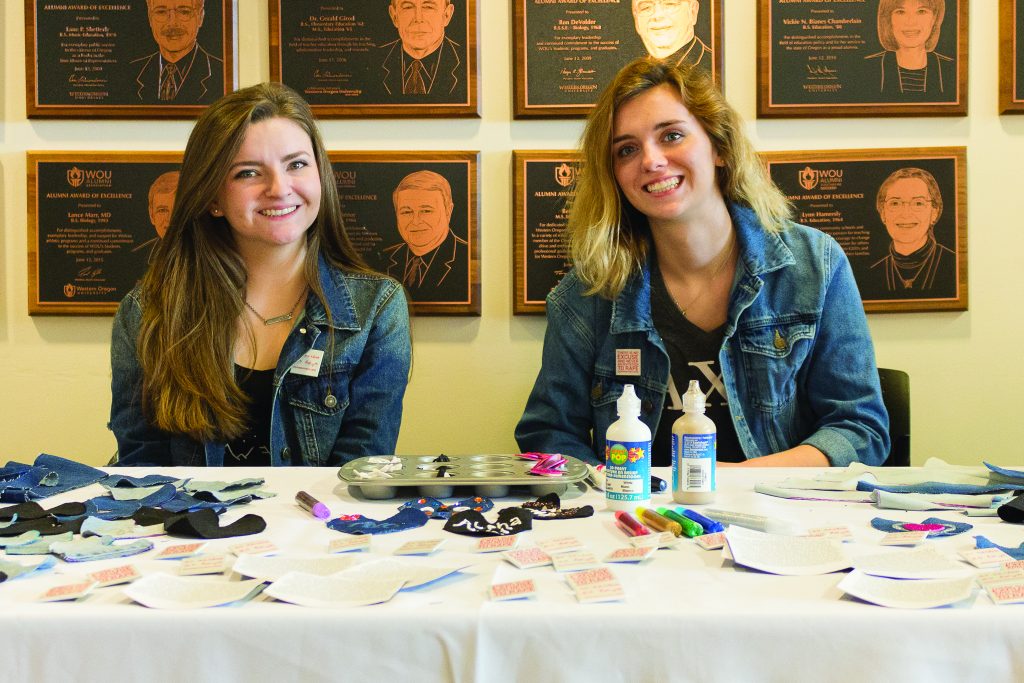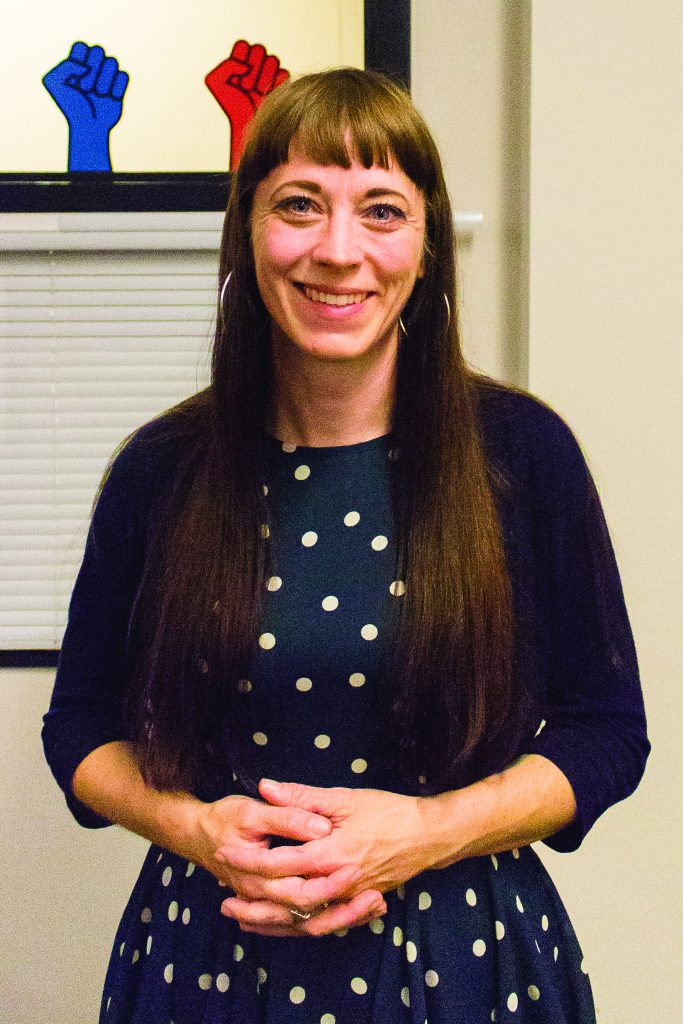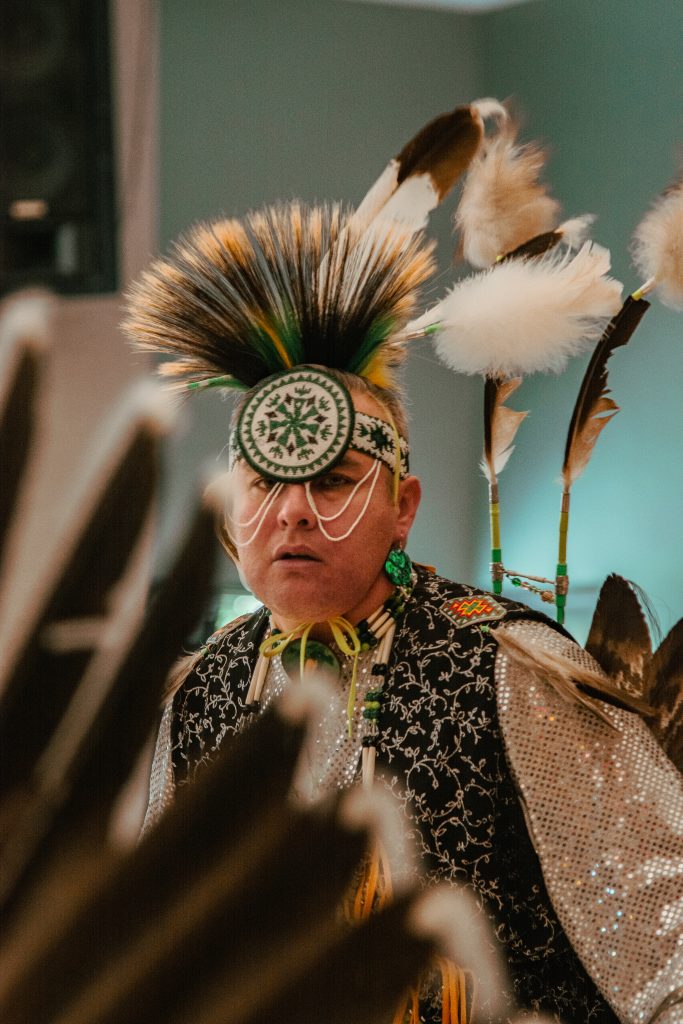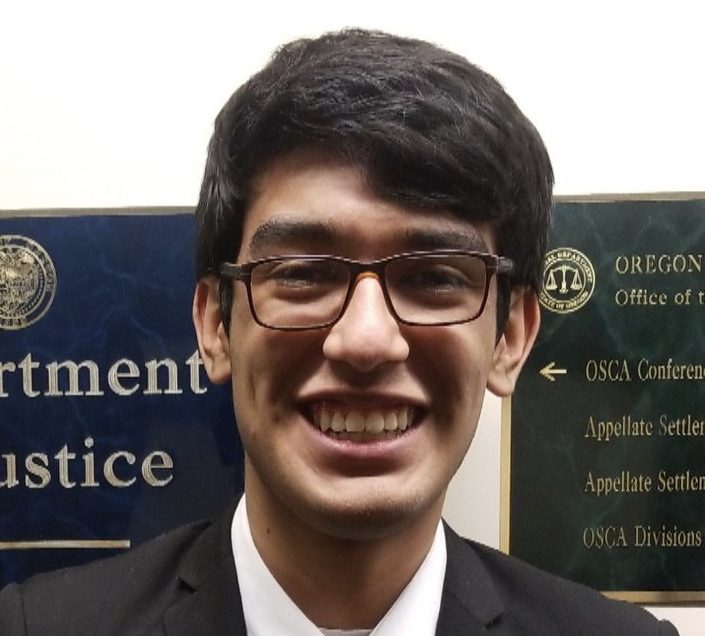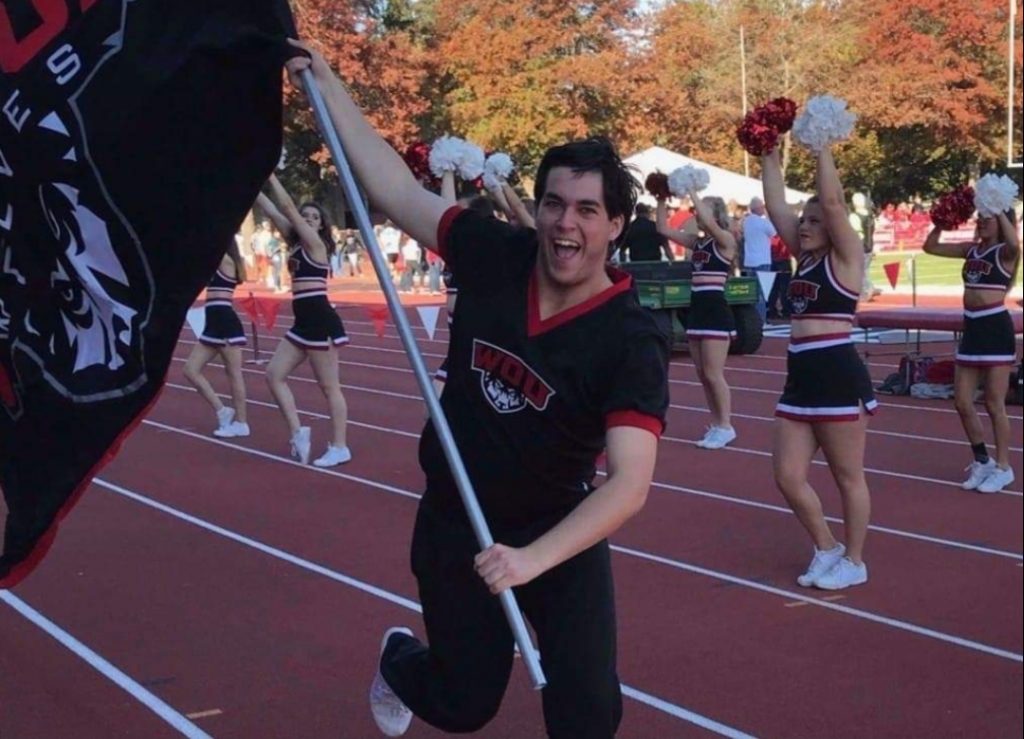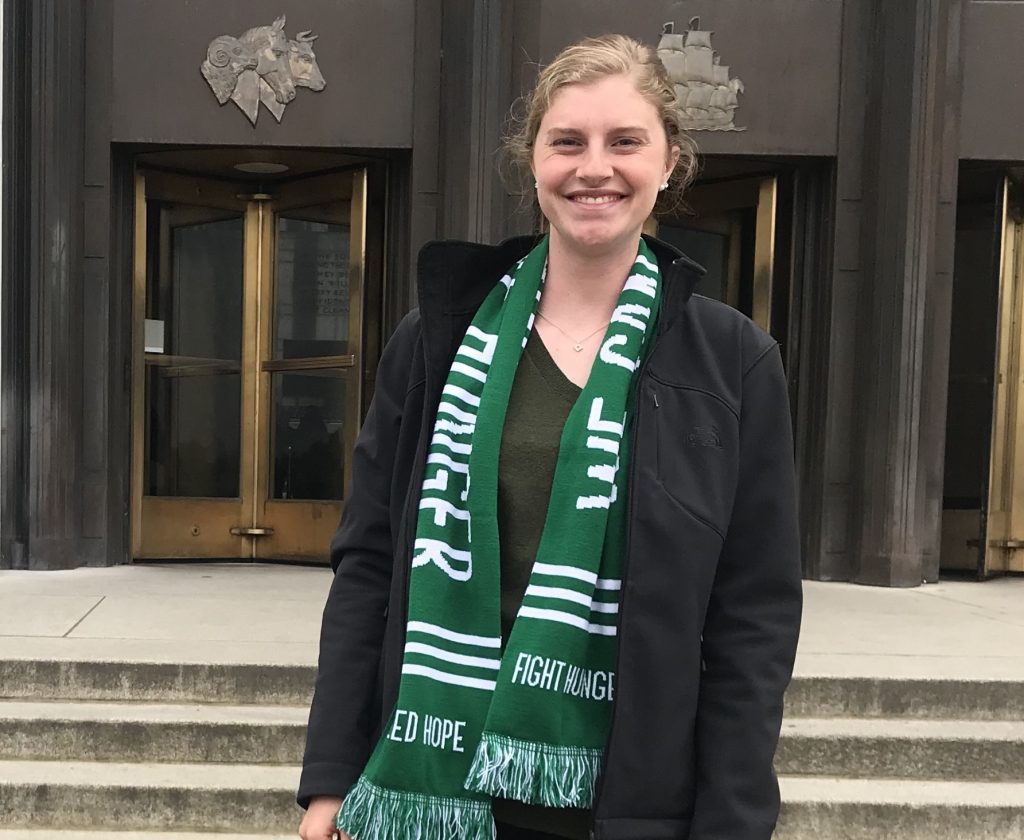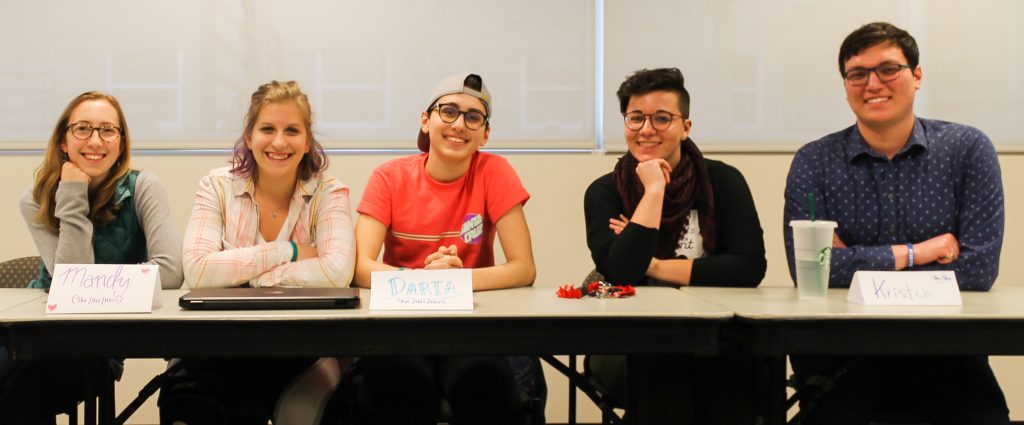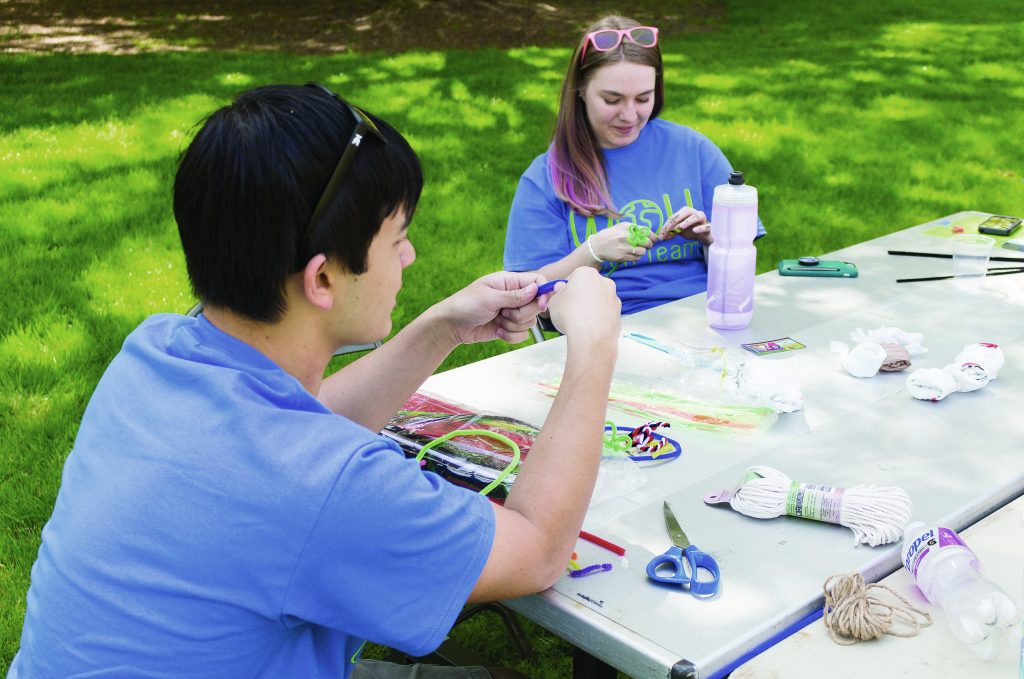
Bailey Thompson | News Editor
With crowds of people moving from station to station — enjoying the warmth of a sunny Saturday in the Grove — Green Team members and volunteers in blue t-shirts helped explain the many activities that were included in Green Team’s Annual Earth Fair on May 4. Although Earth Day may have passed a couple weeks ago on April 22, the members of Green Team were still eager to share their knowledge and enthusiasm with the Western community at large.
As one of the organizers of the event and Green Team’s Treasurer, Liv Geisler-Wagner shared some of the things that were featured in this year’s Earth Fair event. A few of the just-for-fun elements included tie dye t-shirts, volleyball, food, Sibling Weekend stations, face painting and henna tattoos, but there were also a number of stations with practical crafts that attendees could use in their day-to-day lives as well.
“We have reusable dryer sheets, which are basically just old t-shirt scraps you can make at home,” said Geisler-Wagner. “You put a couple drops of essential oil in a jar with some vinegar, and then we put t-shirt scraps in there. You just throw one in with your laundry when you put it in the dryer — the exact same as a dryer sheet. Then you can reuse them as many times as you want.”
Geisler-Wagner also mentioned a couple of other easy, creative things that students could do with their old household items.
“We also have plastic bag bracelets, which is a good way to reuse your plastics since a lot of plastics, including the bags, can’t be recycled,” said Geisler-Wagner.
In order to test student knowledge on recycling, Green Team also concocted a game which asked students to determine which items from a given set were able to be recycled.
And on another practical note, Green Team also chose to coordinate efforts with the Physical Plant in order to plant flowers on campus — right on the edge of the Grove.
While students who attended the Green Team Earth Fair received a number of specific strategies they could use in the future, Geisler-Wagner shared that there are other simple resources that those who didn’t attend can use to get involved as well.
“Google is your friend,” said Geisler-Wagner. “Most of what we do is Googling ‘sustainable crafts’ or ‘how can I reduce my plastic consumption’ or ‘how can I be greener in a dorm?’”
Students also have a fitting resource in Green Team themselves, and Geisler-Wagner conveyed that there are a number of ways that students can be in contact with them
“Our office is in Heritage. So, if you’re in Heritage and you’d like to stop by, if the door’s open, we’re there,” said Geisler-Wagner. “We have our office hours poster on the door… And if they don’t live in Heritage, they can also email us, and we can let them in if we know they’re coming.”
In addition to this, interested students can also contact Green Team on their social media accounts, and Geisler-Wagner can be reached directly at ogeislerwagner16@wou.edu.
Contact the author at howlnews@wou.edu
Photo by Ashlynn Norton



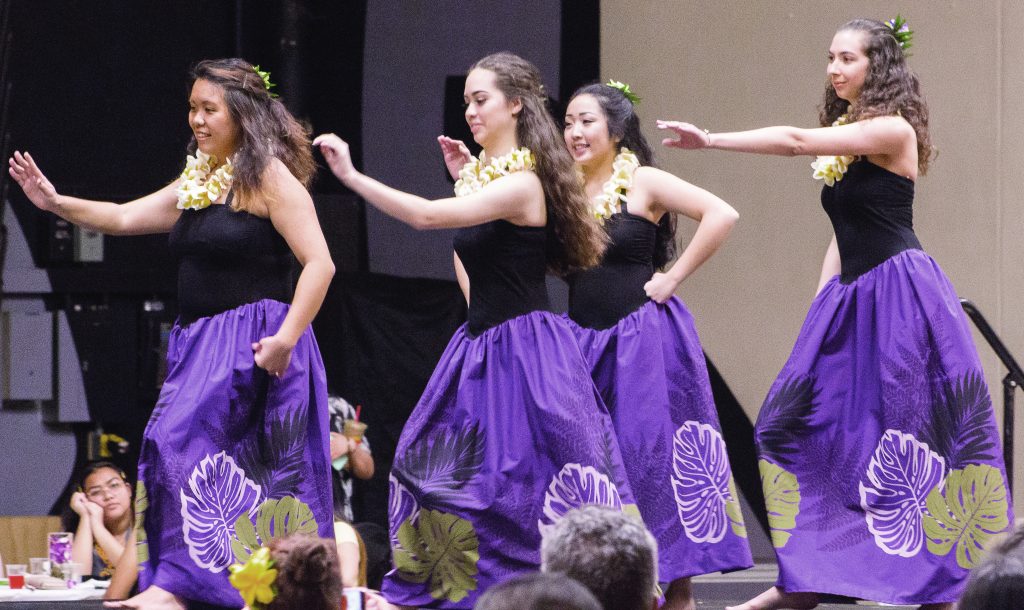
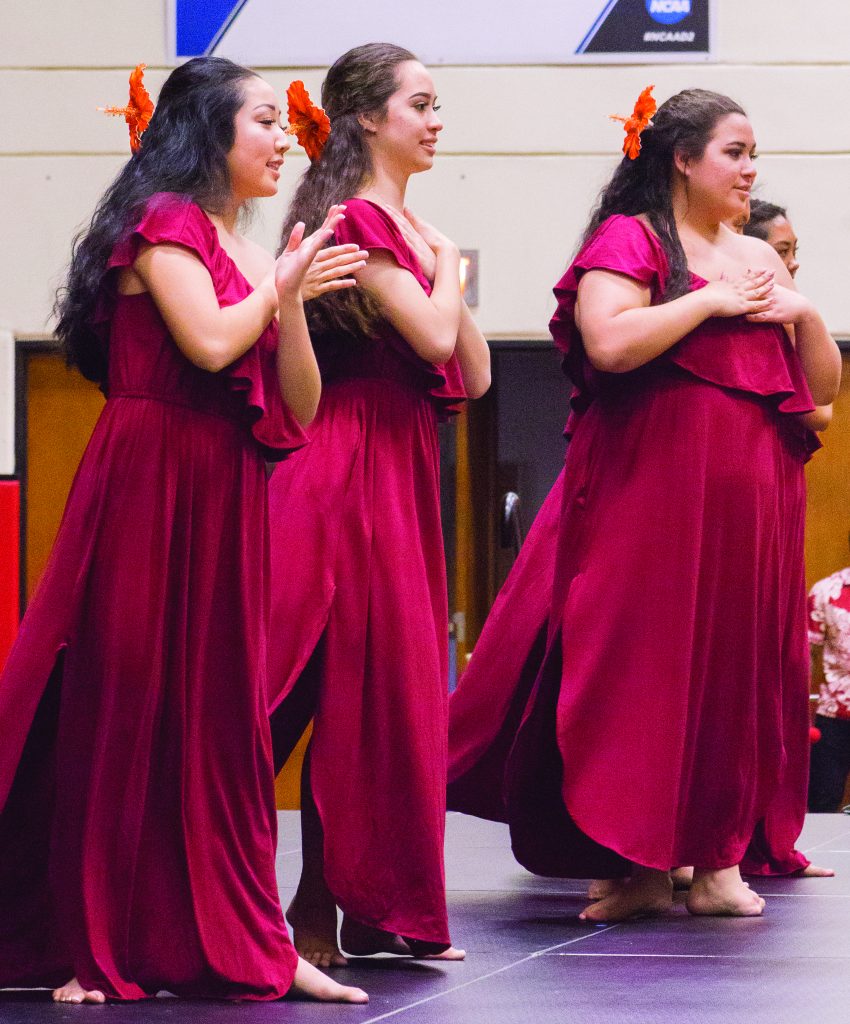 The theme for the 2019 L
The theme for the 2019 L